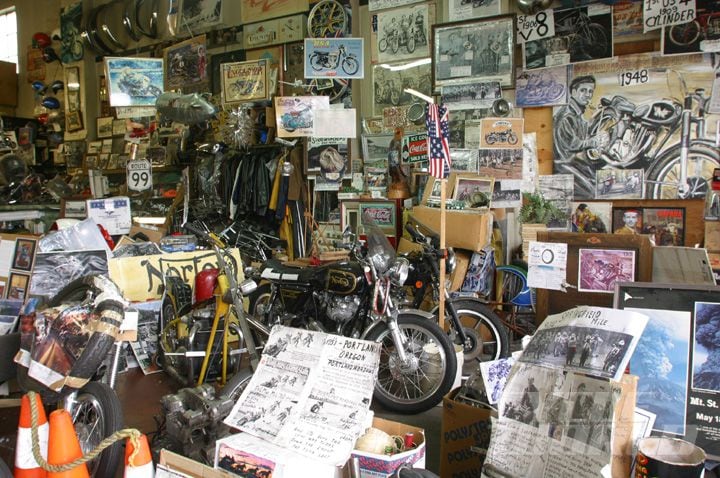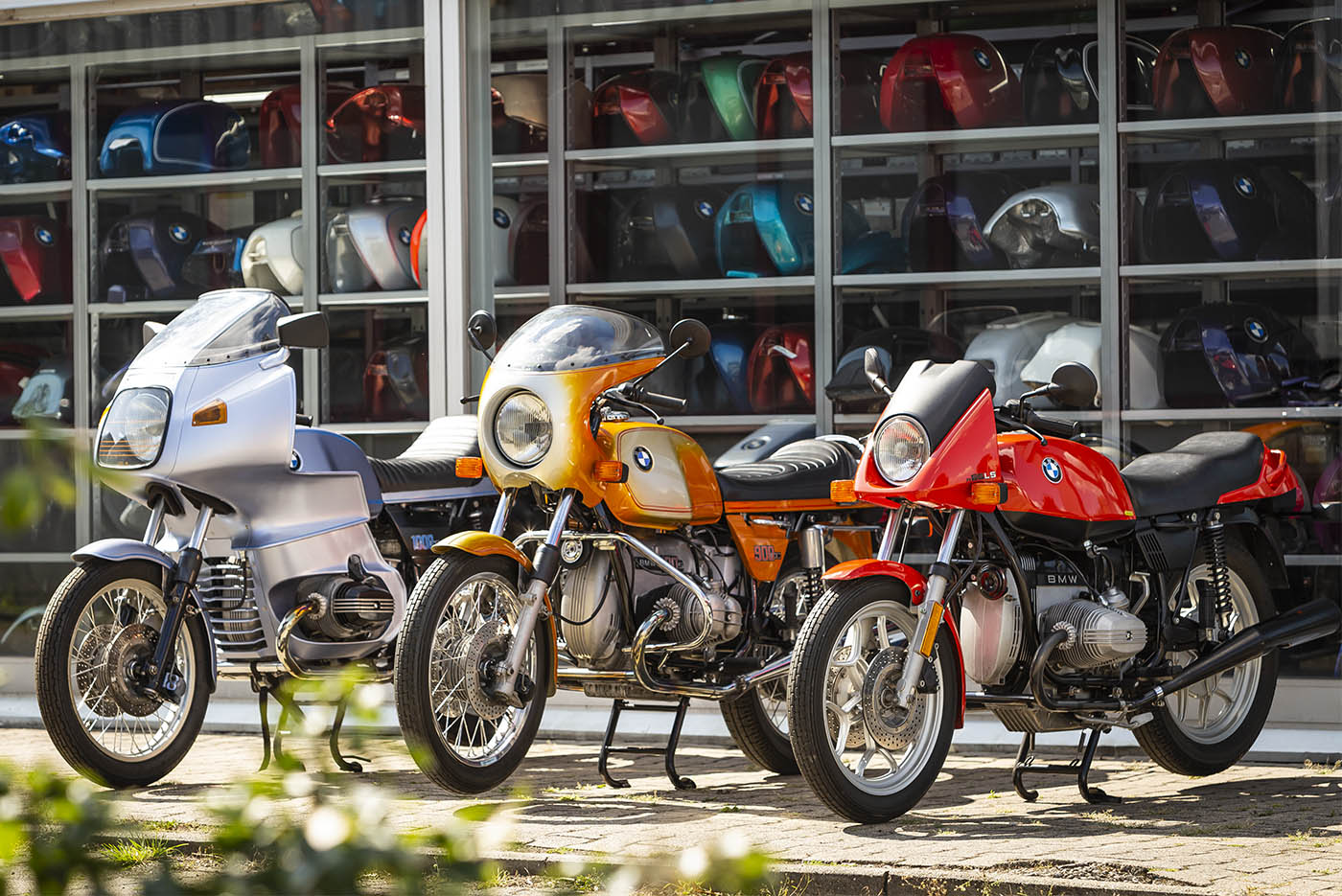Shop the very best MX Parts NZ for Your High-Performance Bike
Shop the very best MX Parts NZ for Your High-Performance Bike
Blog Article
A Detailed Take A Look At Motorbike Parts: What Every Rider Should Know
A thorough understanding of bike components is not simply advantageous but critical for any type of biker aiming to maximize efficiency and safety. Each part, from the engine's complex workings to the integrity of brake systems, plays an essential role in the total experience and performance of the bike. Past just understanding what these components do, it is necessary to value how they sustain and connect one an additional. This interconnectedness can make the difference between a smooth experience and unexpected difficulties. What details exist within this mechanical symphony that every cyclist should master?
Comprehending the Engine
The engine, usually considered the heart of a motorbike, is an intricate setting up of components that operate in consistency to transform fuel into motion. At its core, the engine's main function includes the burning procedure, where air and gas mix and stir up within the cylinders, resulting in controlled explosions that drive the pistons. These pistons move up and down, transforming chemical power right into power, which ultimately transforms the crankshaft, inevitably powering the bike.

Comprehending the complexities of a motorcycle engine is crucial for cyclists and lovers alike. It not only gives insight right into exactly how motorcycles attain their excellent power and speed yet likewise aids in efficient maintenance and troubleshooting, making certain durability and reliability when traveling.
Suspension Solutions
While the engine powers the bike, the suspension system plays a vital function in ensuring a smooth and regulated adventure. The suspension system is accountable for absorbing shocks from the roadway surface, preserving tire contact, and supplying security during cornering and stopping. It comprises two main elements: the front forks and the back shock absorbers.
Front forks are typically telescopic, having a spring and wetting mechanism. The springtime presses and extends to absorb bumps, while the moistening device controls the activity to avoid extreme jumping. This combination guarantees the front wheel continues to be touching the roadway, offering premium handling and comfort.
The rear suspension, commonly a monoshock or twin-shock setup, works likewise to the front suspension yet is customized to support the bike's weight and cyclist - mx gear nz. It handles back wheel activity, adding to the bike's total balance and responsiveness
Suspension systems can be adjustable, enabling motorcyclists to adjust preload, compression, and rebound setups according to individual choices and riding problems. This adjustability boosts efficiency by maximizing the bike's communication with varied surfaces. In recap, an efficient shock absorber is critical for cyclist convenience, safety and security, and the bike's handling expertise.
Brake Elements
Quiting power is a basic element of motorbike security, and it depends upon the see this effectiveness of the brake elements. The main elements of a motorcycle's stopping system consist of the brake pads, calipers, blades, and master cylinder. motox parts nz. Each of these parts plays a critical function in guaranteeing effective stopping performance
Brake pads are vital as they create the necessary friction against the rotors to reduce or stop the bike. Created from products such as sintered steel or organic composites, the selection of brake pad material significantly influences efficiency and longevity. Calipers, housing the brake pads, apply stress to the pads when the brake lever is involved, assisting in contact with the blades.
The rotors, generally made from stainless-steel or cast iron, are installed to the wheels and serve as the surface area against which the brake pads press. Their layout, including size and density, impacts heat dissipation and quiting power. The master cylinder, linked to the brake lever, produces hydraulic stress transferred through brake lines click over here now to the calipers, making sure consistent stopping force.
Routine upkeep and evaluation of these parts are important for optimum performance, protecting against wear and ensuring biker safety and security when driving.
Tire Fundamentals
Beyond keeping durable braking systems, guaranteeing ideal tire efficiency is just as significant for motorcycle security and effectiveness. Tires are the single call factor in between the road and the motorcycle, making their condition essential in taking care of, security, and total ride high quality. Picking the appropriate tire type is crucial, as it directly influences traction and performance. Options range from touring to sport tires, each designed to accommodate specific riding problems and designs.

Inspect the sidewall for the DOT (Division of Transportation) code to determine the tire's age. Spending focus in these tire basics not only optimizes performance however likewise dramatically boosts riding safety.
Electrical Systems
In the realm of motorbike maintenance, the electrical system plays a vital duty in ensuring dependable performance and biker security. This elaborate network includes necessary elements such as the battery, generator, starter motor, and electrical wiring harness. Each aspect is crucial for the seamless operation of the motorcycle, from ignition to lighting and communication with numerous sensing units.
The battery works as the heart of the electric system, supplying the needed power to start the engine and operate accessories. Regularly checking the battery's voltage and terminals for deterioration is critical to avoid unanticipated failings. The alternator, on the other hand, reenergizes the battery while the engine is running, making certain a continual power supply.
The starter electric motor is accountable for starting engine operation, transforming electric power into mechanical energy. To keep it, cyclists must pay interest to any uncommon noises or difficulties throughout startup. The circuitry harness offers as the vehicle's worried system, linking all electrical elements. Guaranteeing that the cords are intact and free from damages is vital for avoiding short circuits and making sure performance.
Final Thought

Stopping power is an essential aspect of bike safety and security, and it pivots on the efficiency this of the brake components. The key aspects of a bike's braking system include the brake pads, calipers, blades, and master cylinder.Brake pads are important as they create the essential rubbing against the blades to slow down or stop the bike.Beyond preserving robust stopping systems, guaranteeing optimal tire efficiency is similarly significant for bike security and performance.In the world of motorcycle upkeep, the electrical system plays an essential duty in making sure reputable performance and motorcyclist security.
Report this page